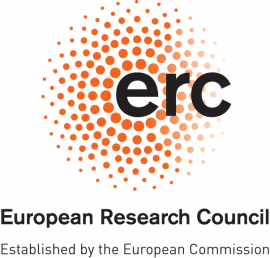 NESTEDMICS
NESTEDMICS

Regulatory and functional architecture of 'Nested-Sensitivity' microexon programs
Neural microexons are an example of a cell type-specific transcriptomic program. Work from the laboratory of Manuel Irimia revealed that microexons bare striking neuronal specificity that is established by their master splicing regulator Srrm4, which activates them during neuronal differentiation.
Unpublished work from Irimia’s group challenges this on/off regulatory and functional paradigm. They found that a related paralog, Srrm3, is lowly but significantly expressed also in endocrine pancreas and, together with Srrm4, configure a 3-step switch of Srrm3/4 activity in pancreas (low), brain (mid) and retina (high). These different levels of expression activate increasingly larger subsets of microexons in the three tissues, configuring a triple-nested microexon program.
Remarkably, initial results support a model in which microexon subclass inclusion is dictated largely by their sensitivity to Srrm3/4, and each subclass is differentially enriched for distinct functional categories including vesicle-mediated transport, neuronal differentiation and cilium biogenesis.
This project will assess the regulatory and functional architecture of this new paradigm by answering:
1. How are the different levels of the master regulators controlled in each cell type?
2. How are the distinct sensitivities of microexons to Srrm3/4 genomically encoded?
3. What are the functional implications of the 'nestedness' of the microexon programs?
4. How does misregulation of the nested programs contribute to disease?
To this end, they will apply a combination of high-throughput methods and focused experiments using in vitro and in vivo systems. The expected results will provide a transformative multi-level portrait of microexons, from quantitative regulatory logic to organismal functions. Moreover, the hereby-mentioned novel paradigm is likely to apply to many other master regulators, expanding the impact of the project and shedding new light into how cell type-specific transcriptomes are established in embryogenesis.


